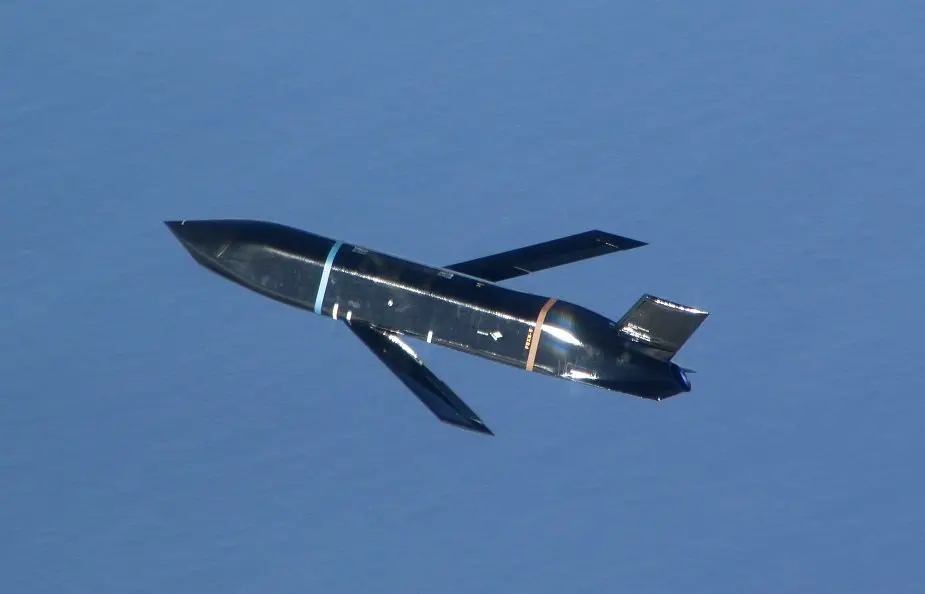Breaking news
Boeing awarded contract to integrate LRASM missile onto P-8A Poseidon.
According to information published by U.S. Department of Defense on April 22, 2021, the Boeing Co., Seattle, Washington, is awarded a $73,951,846 cost-plus-fixed-fee order (N0001921F0876) against a previously issued basic ordering agreement (N0001921G0006). This order provides for the design, development, and test of software and ancillary hardware necessary for the integration of the Long Range Anti-Ship Missile onto the P-8A aircraft for the Navy.
Follow Navy Recognition on Google News at this link
 Long-range anti-surface cruise missile LRSAM (Picture source: Lockheed Martin)
Long-range anti-surface cruise missile LRSAM (Picture source: Lockheed Martin)
Work will be performed in Seattle, Washington (72%); Patuxent River, Maryland (21%); Grand Rapids, Michigan (5%); and St. Louis, Missouri (2%), and is expected to be completed in October 2024.
Fiscal 2021 research, development, test and evaluation (Navy) funds in the amount of $5,320,587 will be obligated at time of award, none of which will expire at the end of the fiscal year. The Naval Air Systems Command, Patuxent River, Maryland, is the contracting activity.
LRASM is a long range, precision-guided anti-ship missile leveraging off of the successful JASSM-ER heritage, and is designed to meet the needs of U.S. Navy and Air Force warfighters. Armed with a penetrator and blast fragmentation warhead, LRASM employs precision routing and guidance, day or night in all weather conditions. The missile employs a multi-modal sensor suite, weapon data link, and enhanced digital anti-jam Global Positioning System to detect and destroy specific targets within a group of numerous ships at sea.
The P-8 is being operated in the anti-submarine warfare (ASW), anti-surface warfare (ASUW), and shipping interdiction roles. It is armed with torpedoes, Harpoon anti-ship missiles and other weapons, and is able to drop and monitor sonobuoys, as well as operate in conjunction with other assets, including the Northrop Grumman MQ-4C Triton maritime surveillance unmanned aerial vehicle (UAV).



























